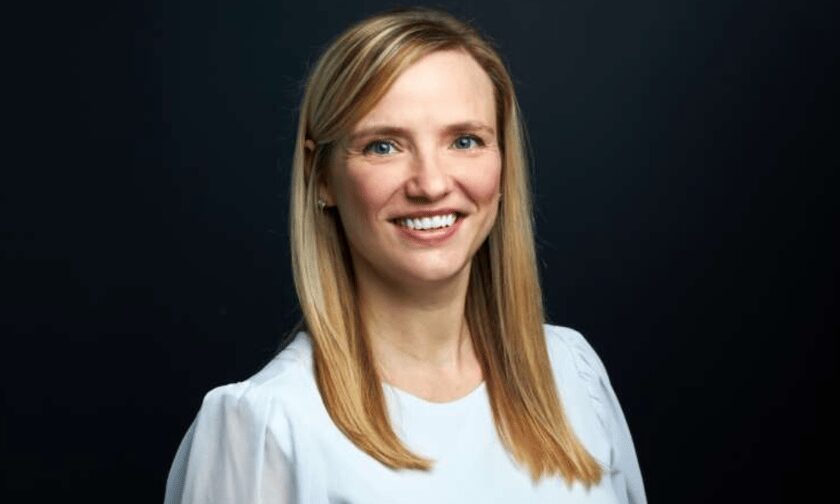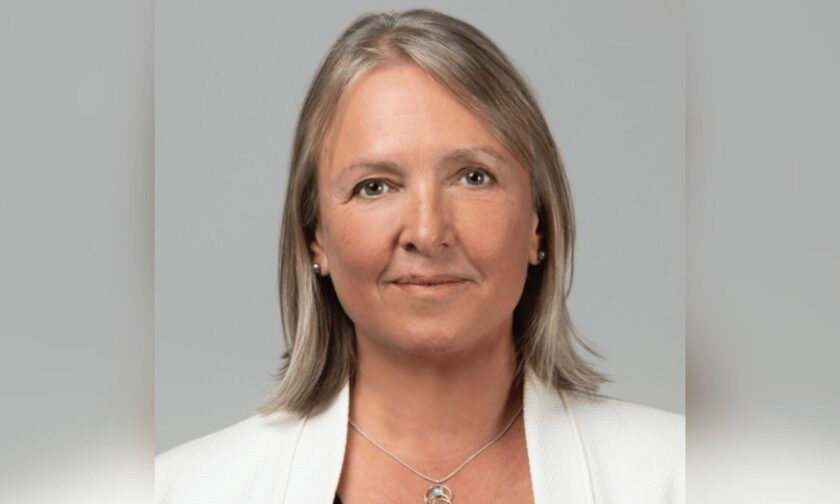
She brings 20+ years of experience to lead growth

Price Forbes Bermuda has announced the promotion of Carrie Kelley (pictured above) to chief executive officer.
Kelley, previously the firm’s managing director, will now oversee all operations at Price Forbes Bermuda. She will report to Chris Bonard, CEO of Ardonagh Specialty (Bermuda) Ltd and group president of Price Forbes Re.
Kelley’s career spans over 20 years in the insurance industry, with experience across broking and underwriting in both the Bermuda and US markets.
Prior to joining Price Forbes Bermuda in 2019, she held senior positions with firms such as Barbican Underwriting Bermuda, Bowring Marsh Bermuda, Guy Carpenter Bermuda, and Marsh USA.
Kelley’s appointment is pending regulatory and Bermuda Immigration approval.
“Price Forbes Re has built a tremendous company over the past five years through the hard work and dedication of our employees and the valued partnerships with our clients and carrier partners. We are well positioned for growth, and I look forward to leading the company to future success,” Kelley said.
Bonard said that Kelley’s experience in the Bermuda and US markets makes her well-suited to lead Price Forbes Bermuda forward as the business enters a new phase.
“We are delighted to appoint Carrie as CEO of Price Forbes Bermuda. Our business is in an exciting phase and Carrie’s extensive experience and leadership within the Bermuda and US markets make her the perfect choice to lead us into our next chapter,” he said.
Earlier this month, the firm’s reinsurance arm, Price Forbes Re, also announced the appointment of Colin Kelley as chief commercial officer (CCO), a newly created role within the company.
In his new capacity, Colin Kelley will collaborate with teams across insurance, reinsurance, and capital markets to develop solutions for the firm’s global clients and trading partners.
What are your thoughts on this story? Please feel free to share your comments below.
Keep up with the latest news and events
Join our mailing list, it’s free!



















